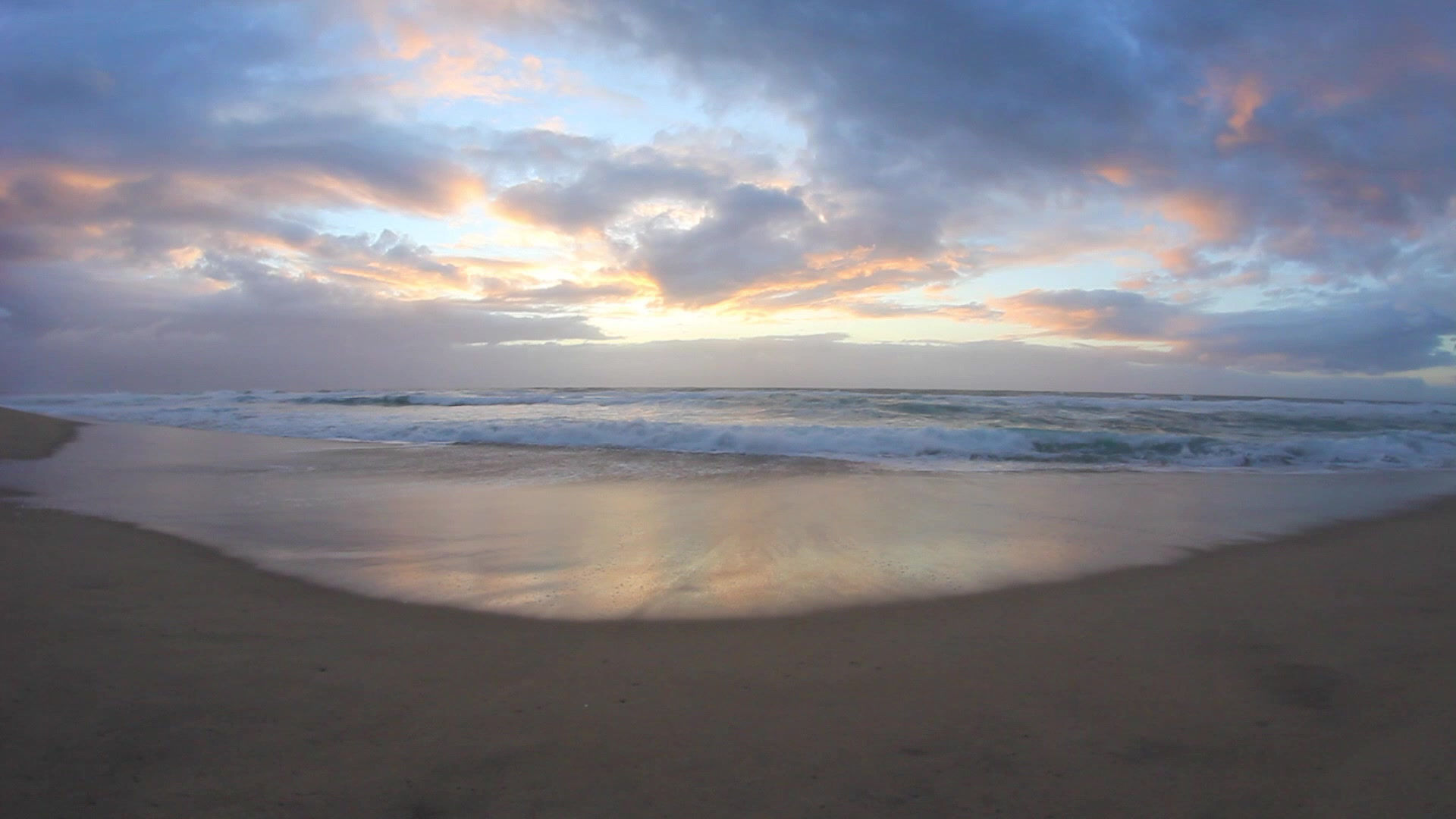

The Davao Region is an immigration area, with a mixture of migrants, including Cebuanos, Ilonggos, and Ilocanos. Its ethnic groups include Manobos, Bagobos, Maiisakas, Maguindanon, T’boli, Tirurays, and few Muslims. The region has generally uniform distribution of rainfall through the year. The region has abundant forestland and fertile fields.
The word "Davao" from daba-daba", meaning fire. The early inhabitants occupying the eastern shores of Davao were the Manobos, Tagcaolos, Guianggas, Bilaans and Aetas. On the western portion were the Mandayas and Bagobos. The Samals occupied the Samal and the Talicud Islands.

Location:
Southeastern portion of Mindanao
Total Land Area:
19,673 square kilometers, corresponding to 6.6% of the Philippines’ total land area and 16.3% of the total land area of Mindanao.
Total Population in the area reached 3,933,018 or 21.2% of the Mindanao’s total population.
Provinces:
-
Davao del Norte (Tagum City)
-
Davao Oriental (City of Mati)
-
Compostela Valley (Nabunturan)
-
Davao del Sur (Digos City)
-
Davao Occidental (Municipality of Malita)



Dubbed as “Land of Promise”
Fertile Soil & Good Weather
LOCAL TRIBES
Badjao, Bagobo, B’laan, Manobo, Mansaka, Mandaya, Matigsalog, Maranao, Tausog, Tagacaolo, Kalagan and others.
DIALECT SPOKEN
Cebuano, Tagalog, English, Dabawenyo, Hiligaynon, Bagobo, Tagacaolo, Manobo, Maguindanao, Mandaya, Bilaan, Ilocano, Waray and others.
INDUSTRIES
Agriculture, Mining, Agro-industrial, Fishing, Farming, Tourism, Small and Medium Cottage Industries, Banana Industry















